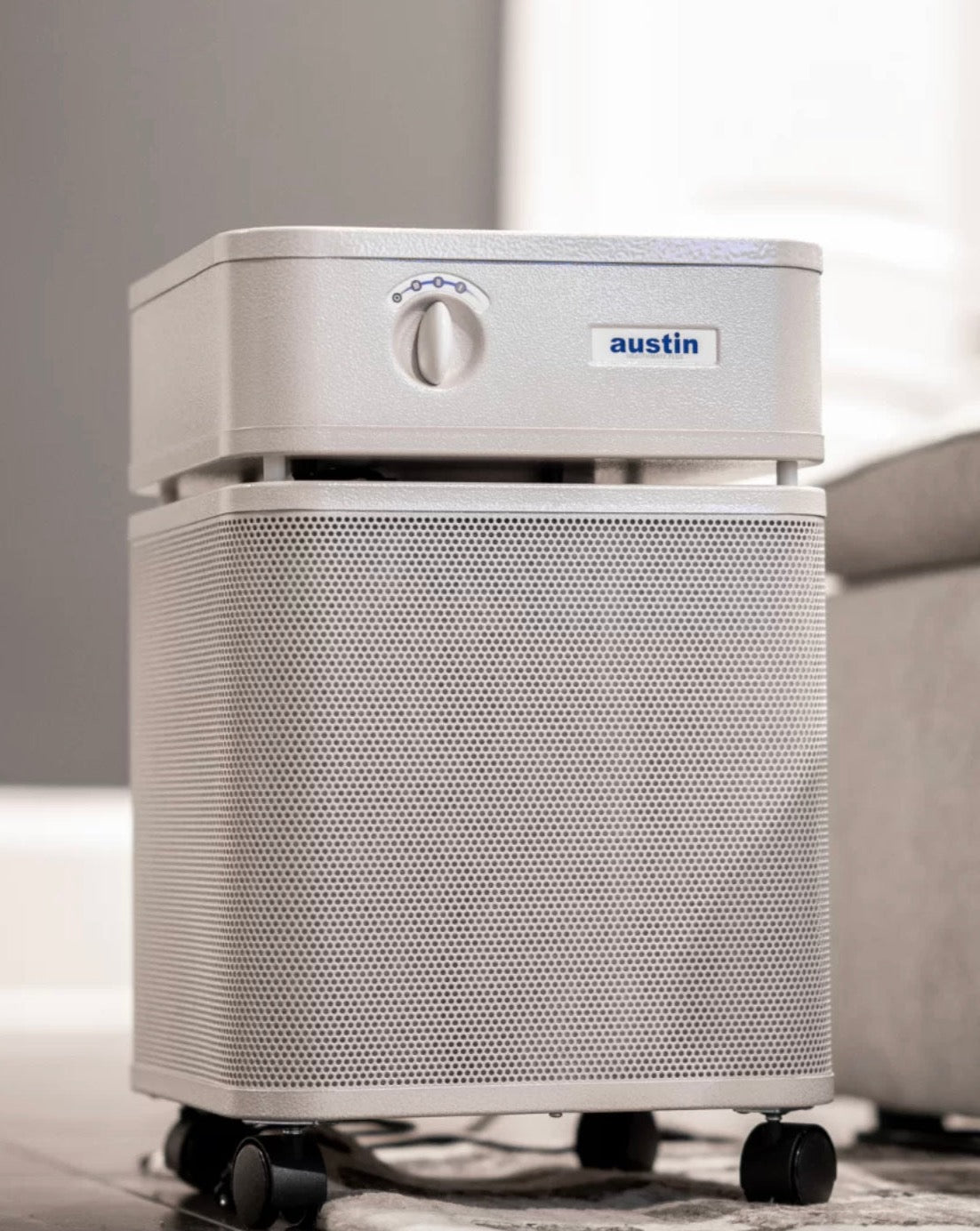Key Aspects of Cruelty-Free Makeup
-
No Animal Testing: Cruelty-free makeup brands do not test their products or ingredients on animals, either directly or through third-party testing. This includes not conducting tests on animals for product safety assessments, irritancy tests, or toxicity tests.
-
Ingredient Sourcing: Cruelty-free brands carefully select and source ingredients that have not been tested on animals. They work with suppliers who can provide documentation or certifications confirming that the ingredients used in their products have not been tested on animals.
-
Leaping Bunny and/or PETA Certification: Many cruelty-free brands seek certification from reputable organizations such as the Leaping Bunny and PETA (People for the Ethical Treatment of Animals). These certifications provide additional assurance to consumers that the brand has met strict criteria and upheld cruelty-free standards throughout their entire supply chain.
-
Alternative Testing Methods: Cruelty-free brands prioritize the use of alternative testing methods that do not involve animals. These methods can include in vitro testing (using human cells or tissues), computer modeling, or employing existing safety data from similar ingredients to ensure product safety.
-
Transparency and Disclosure: Cruelty-free brands are transparent about their animal testing policies because they're proud of them and protective of animal and living creatures' welfare! They provide clear information to consumers, often on their product packaging, websites, or marketing materials, to communicate their commitment to cruelty-free practices. It sure is something to be proud about!
It is important to note that being cruelty-free refers specifically to the testing practices of a brand and does not directly address other factors such as the ingredients used, sustainability, or ethical sourcing. Any company could still be sourcing a good that is 'cruelty-free' when it comes to animals but that was obtained in unfair ways:
For instance, consider mica. It is a mined ingredient, one that has a history of being connected to child labor! So is it possible that a product is cruelty-free but still contains ingredients that were obtained in a questionable manner? Unfortunately, yes. Not all bases covering cruelty in general are covered--just as cruelty pertains to animals. Additional sourcing and manufacturing concerns are valid and seemingly limitless, which is why it's imperative to find a company you trust that is transparent across the board.
Consumers interested in choosing cruelty-free makeup may also want to consider additional factors, such as whether the brand is vegan (meaning the products do not contain any animal-derived ingredients) or if they follow sustainable and ethical practices throughout their supply chain, such as with how they obtain mica; whether any ingredients are fair-trade; and more. Do still deep dive into questions such as whether nanoparticles are used, whether a formula is comedogenic, whether ingredients are organic, and so forth.
To ensure a product is genuinely cruelty-free, look for recognized certifications and/or contact the company directly and do research on the brand's animal testing policies to make an informed decision about supporting cruelty-free makeup. As you've probably gathered, Heal Yes! does not test products or the raw ingredients comprising formulas on animals!































